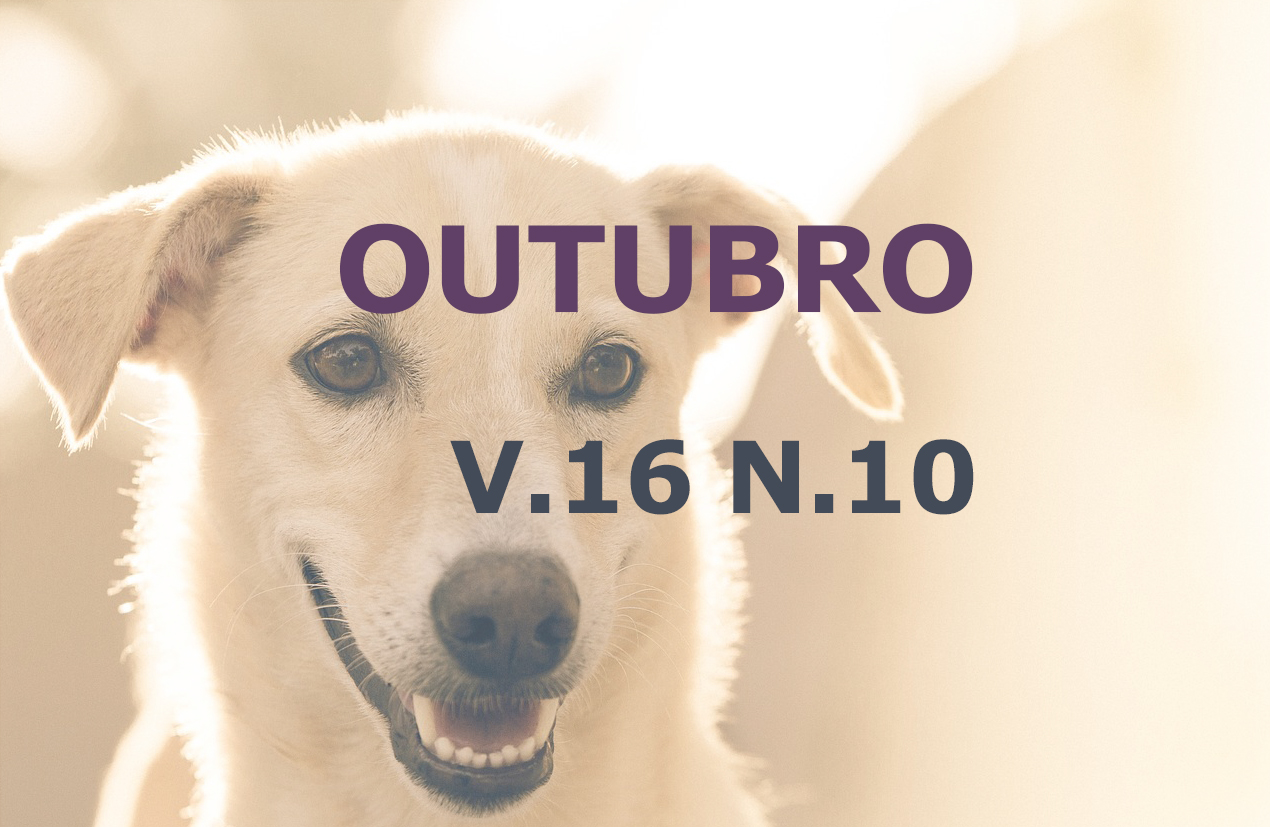Perfil epidemiológico da leishmaniose tegumentar americana no estado da Paraíba no período de 2017 a 2020
DOI:
https://doi.org/10.31533/pubvet.v16n10a1227.1-10Palavras-chave:
Leishmania, perfil epidemiológico, zoonoseResumo
A Leishmaniose tegumentar americana (LTA) é uma doença infecciosa causada por protozoários do gênero Leishmania que provocam úlceras na pele e mucosas. O objetivo da pesquisa foi verificar o perfil epidemiológico da leishmaniose tegumentar americana no estado da Paraíba no período de 2017 a 2020. A metodologia é do tipo descritiva e quantitativa. As informações foram coletadas no Sistema Nacional de Agravos de Notificações (SINAN) do Departamento de Informação do Sistema Único de Saúde (DATASUS), tabuladas no TABNET e analisadas oito variáveis no Microsoft Excel 2019. Verificou-se que no estado da Paraíba foram notificados 169 casos de leishmaniose tegumentar americana entre 2017 a 2020 em 33 municípios, distribuídos nas quatro mesorregiões, sendo 55,29% no sexo masculino e 44,71% no sexo feminino, 37,56% das notificações na faixa etária de 15 a 39 anos e 54,12% das notificações apresentaram a escolaridade em branco ou ignorada, 54,71% dos pacientes pertencem à zona rural e 94,71% foram classificados como casos novos. Os diagnósticos clínico-laboratoriais somaram 57,65% e 42,35% clínico-epidemiológicos e 70% dos casos evoluíram para a cura. Conclui-se que a LTA é uma DTN (doença tropical negligenciada) com ampla distribuição na Paraíba, apresentando áreas com maior risco para a infecção, que evidenciam a necessidade de maiores estudos e medidas de prevenção.
Downloads
Publicado
Edição
Seção
Licença
Copyright (c) 2022 Ana Letícia Pereira Fernandes, Fernanda Beatriz Leite Tavares e Brito, Maria de Fátima da Silva Gonçalves, Ividy Bison, Inácio José Clementino

Este trabalho está licenciado sob uma licença Creative Commons Attribution 4.0 International License.
Você tem o direito de:
Compartilhar — copiar e redistribuir o material em qualquer suporte ou formato
Adaptar — remixar, transformar, e criar a partir do material para qualquer fim, mesmo que comercial.
O licenciante não pode revogar estes direitos desde que você respeite os termos da licença. De acordo com os termos seguintes:
Atribuição
— Você deve dar o crédito apropriado, prover um link para a licença e indicar se mudanças foram feitas. Você deve fazê-lo em qualquer circunstância razoável, mas de nenhuma maneira que sugira que o licenciante apoia você ou o seu uso. Sem restrições adicionais
— Você não pode aplicar termos jurídicos ou medidas de caráter tecnológico que restrinjam legalmente outros de fazerem algo que a licença permita.





